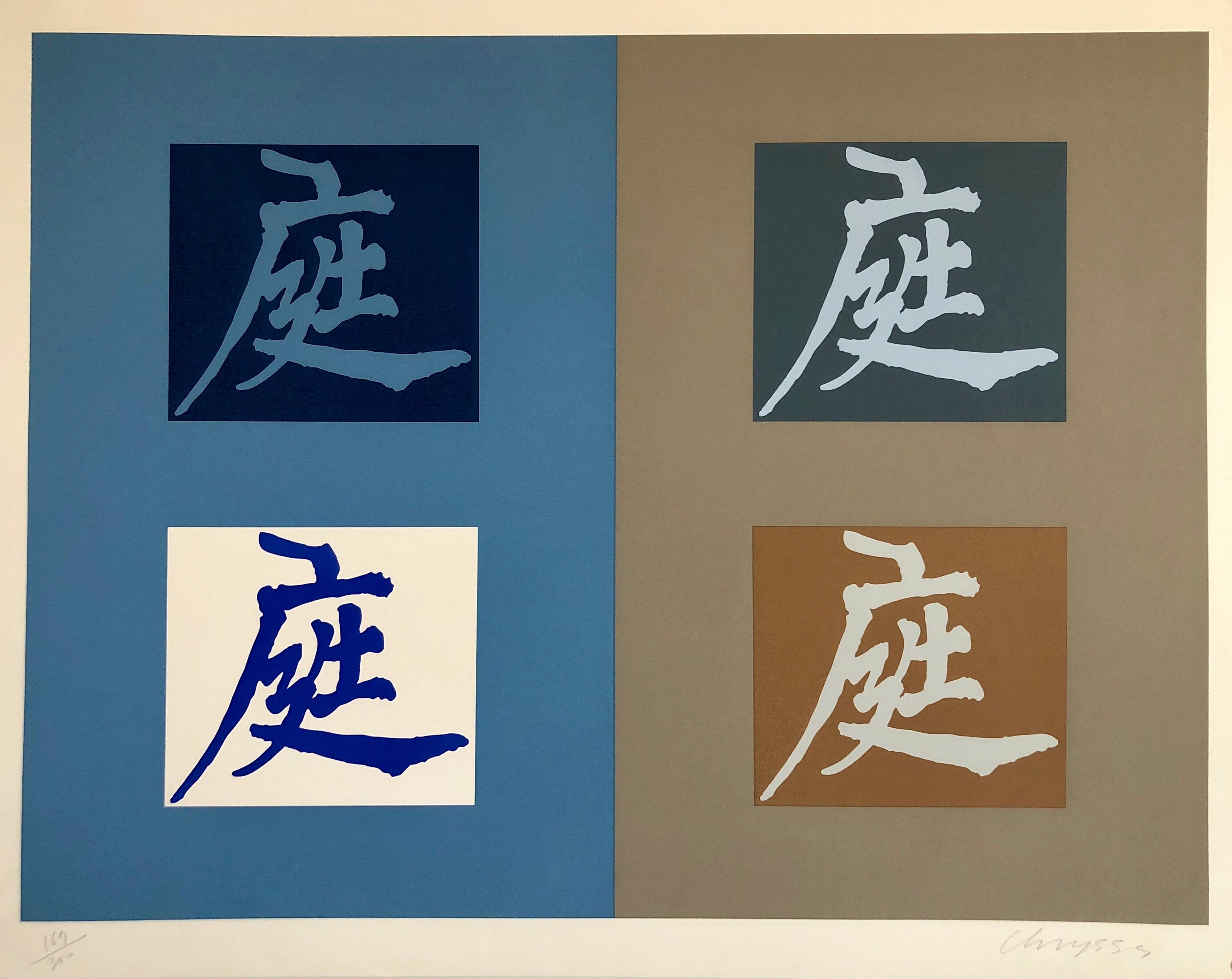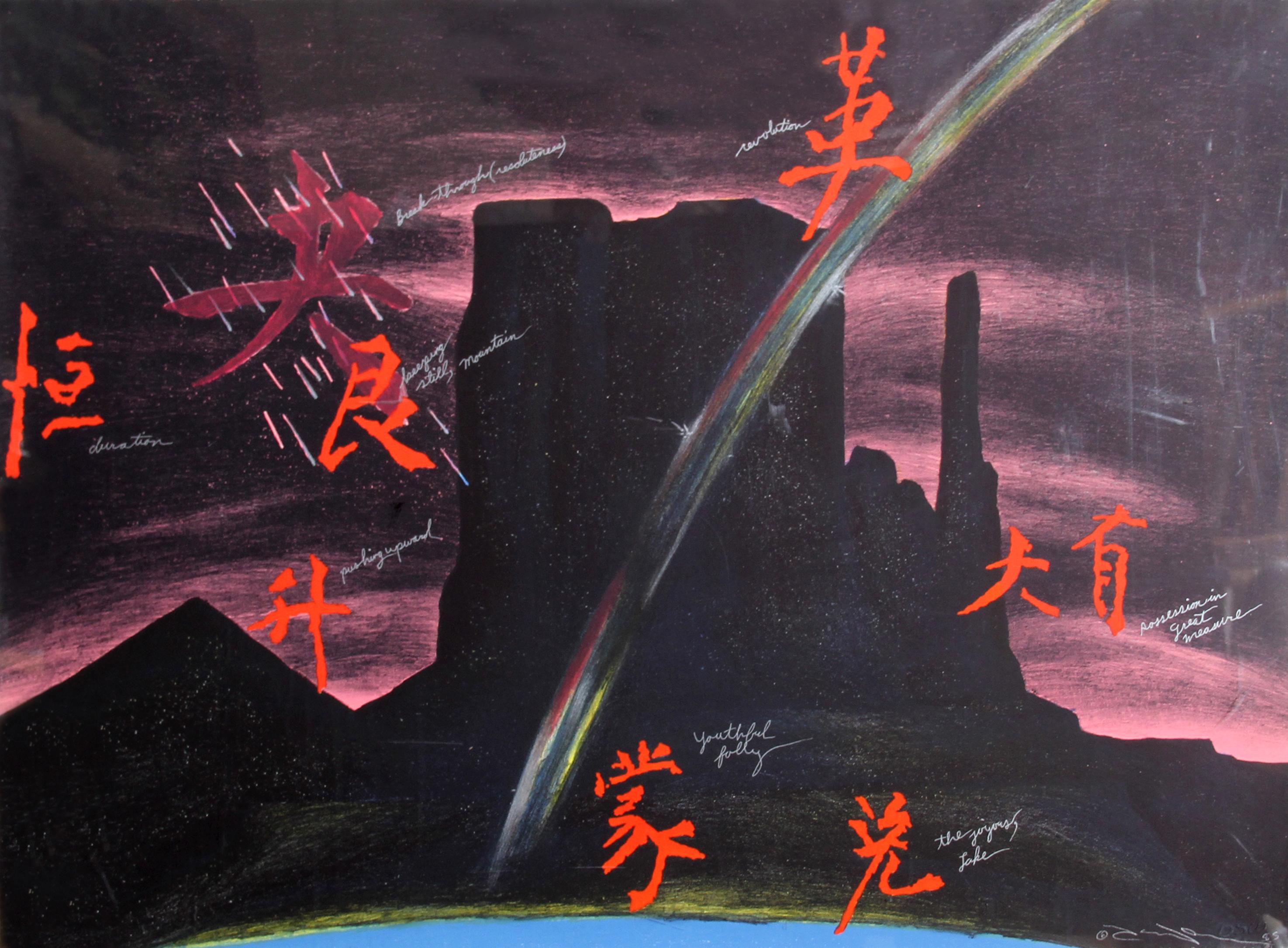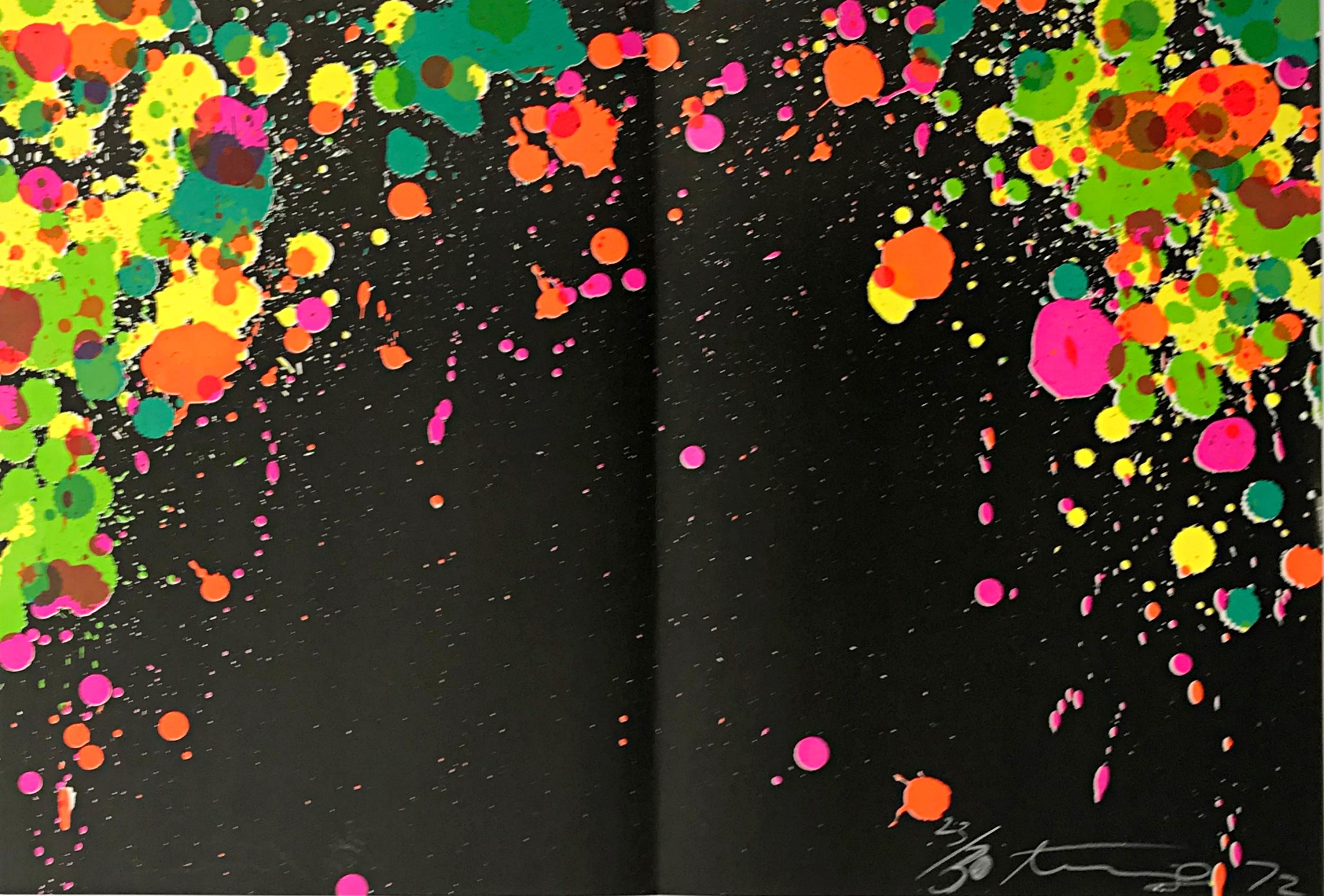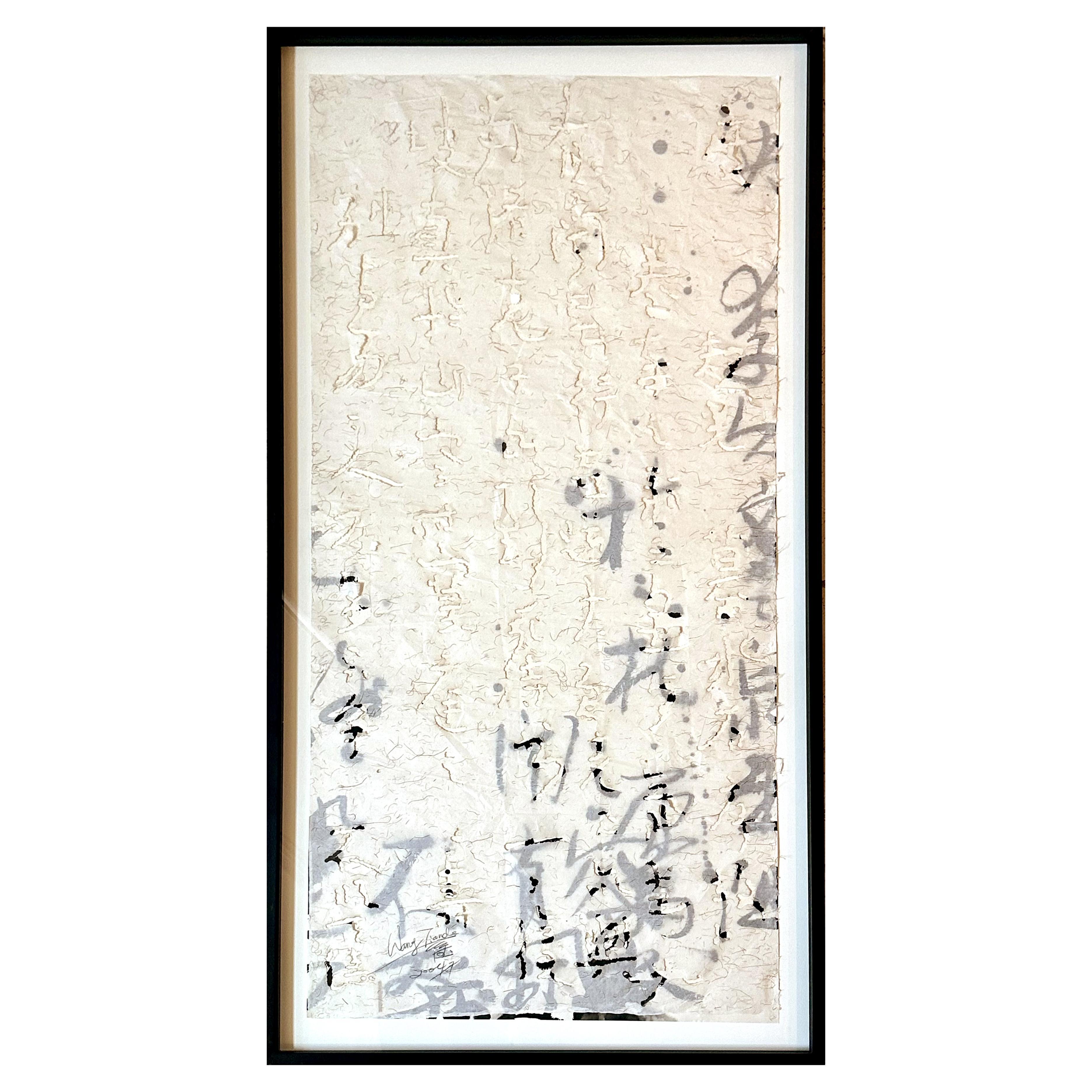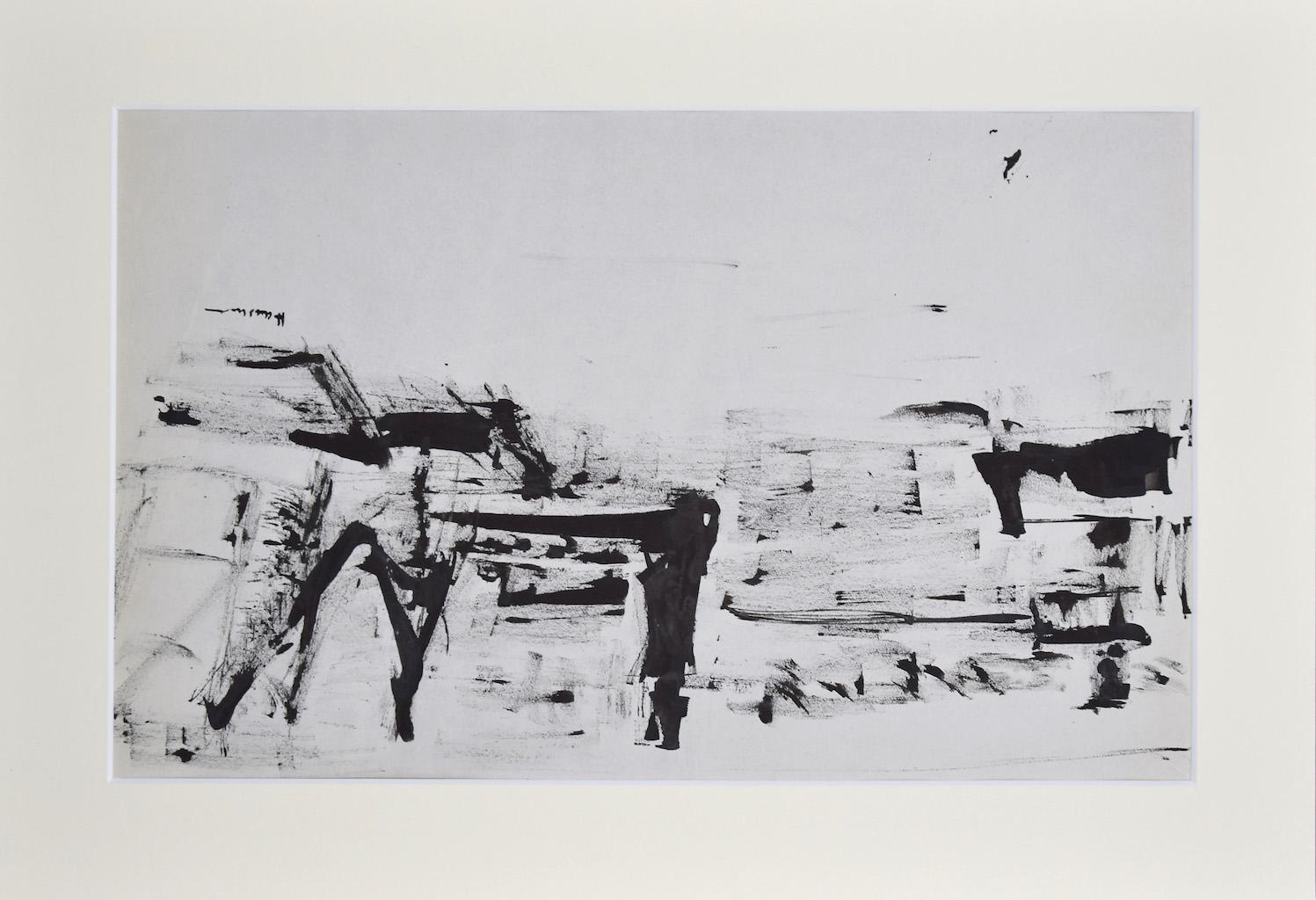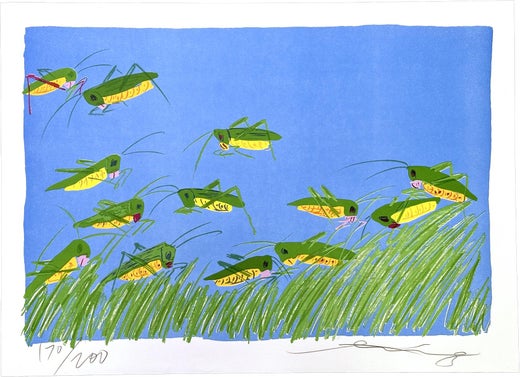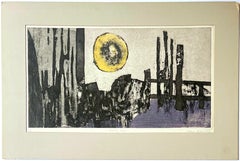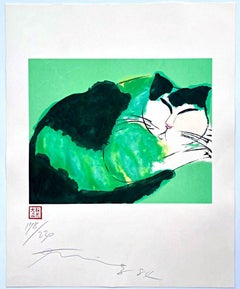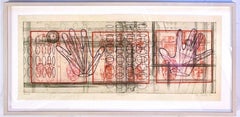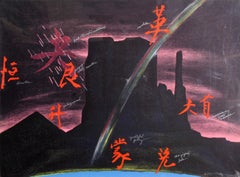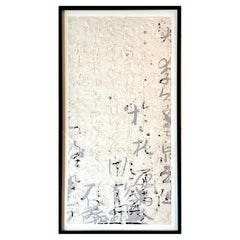Walasse TingChinese Moonlight (signed, dated and inscribed by Walasse Ting) with four lithos1967
1967
About the Item
- Creator:Walasse Ting (1929, American, Chinese)
- Creation Year:1967
- Dimensions:Height: 10.5 in (26.67 cm)Width: 7.5 in (19.05 cm)Depth: 0.5 in (1.27 cm)
- Medium:
- Movement & Style:
- Period:
- Condition:Very good vintage condition, with some shelfwear and wear on the edges (see images).
- Gallery Location:New York, NY
- Reference Number:1stDibs: LU1745214692792
Walasse Ting
Walasse Ting was a Chinese-American visual artist and poet. His colorful paintings have attracted critical admiration and a popular following. Common subjects include nude women and cats, birds and other animals.
Ting was born in Shanghai in 1929. He left China in 1946 and lived for a while in Hong Kong, then settled in Paris in 1952. There, he associated with artists such as Karel Appel, Asger Jorn, and Pierre Alechinsky, members of the avant-garde group, CoBrA.
In 1957, Ting moved to the United States, and settled in New York, where his work was influenced by Pop art and Abstract Expressionism. He began primarily as an abstract artist, but the bulk of his work since the mid-1970s has been described as popular "figuratism," with broad areas of color painted with a Chinese brush and acrylic paint. He lived in Amsterdam in the 1990s, but regularly moved between there and New York.
Ting is the author of 13 books, including All in My Head (Walasse Ting & Roland Topor, 1974) and One Cent Life (E.W Kornfeld, 1964), a portfolio of 62 original lithographs by 28 artists, including Andy Warhol, Roy Lichtenstein, Tom Wesselmann, James Rosenquist, Asger Jorn, Pierre Alechinsky, Karel Appel, Kiki Kogelnik, Joan Mitchell and Sam Francis.
Ting won the Guggenheim Fellowship Award for drawing in 1970. His works can be found in the permanent collections of many museums worldwide, including the Guggenheim Museum, New York; Museum of Modern Art, New York; Art Institute of Chicago; Tate Modern, London; Centre Pompidou, Paris; and the Hong Kong Museum of Art, among others. He was sometimes referred to by his Chinese name "丁雄泉" or its various romanizations: Ding Xiongquan or Ting Hsiung-ch'uan.
Find original Walasse Ting art on 1stDibs.
(Biography provided by Graves International Art)
- ShippingRetrieving quote...Shipping from: New York, NY
- Return Policy
More From This Seller
View All1970s Pop Art Abstract Prints
Lithograph
Mid-20th Century Modern Landscape Prints
Etching
1980s Pop Art Animal Prints
Ink, Pencil, Graphite, Etching, Aquatint, Mixed Media
1990s Abstract Abstract Prints
Etching
1980s Abstract Expressionist Abstract Prints
Etching, Aquatint
1960s Abstract Expressionist Abstract Prints
Lithograph, Pencil
You May Also Like
1980s Pop Art Abstract Prints
Screen
1980s Conceptual Landscape Prints
Lithograph
Early 2000s Chinese Modern Contemporary Art
Acrylic, Wood, Paper
Mid-20th Century Abstract Expressionist Abstract Prints
Screen
20th Century Abstract Drawings and Watercolors
Ink
20th Century Prints
Paper
